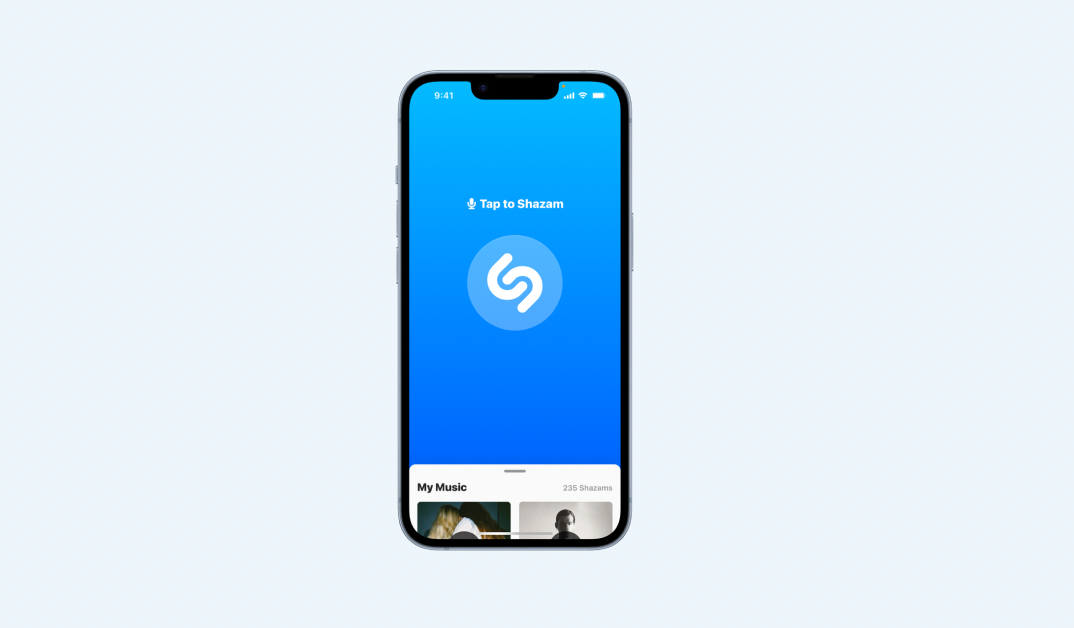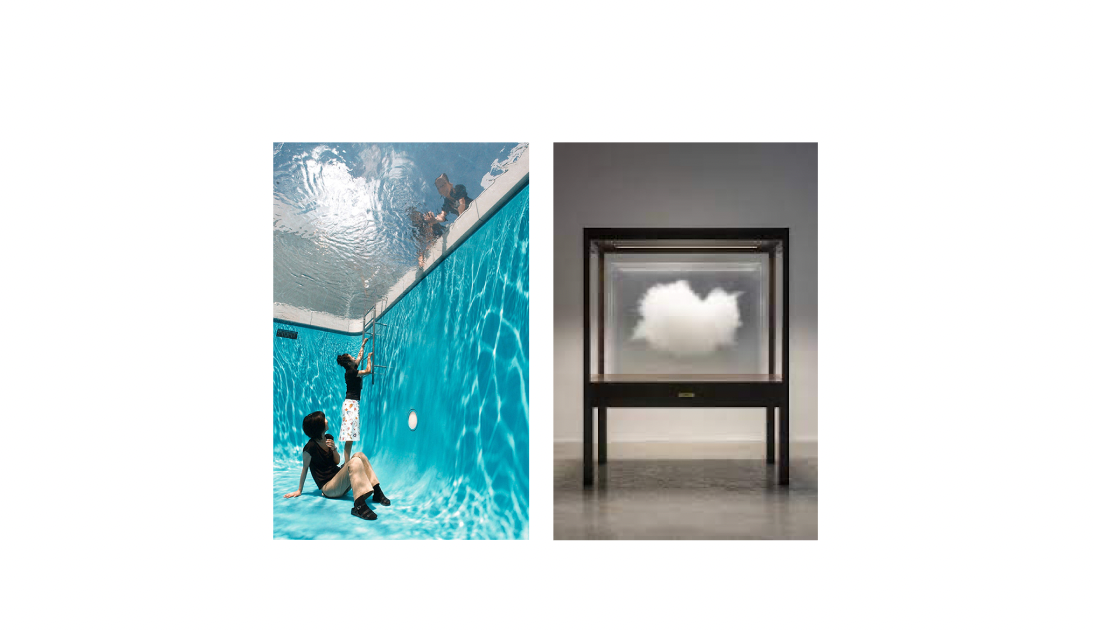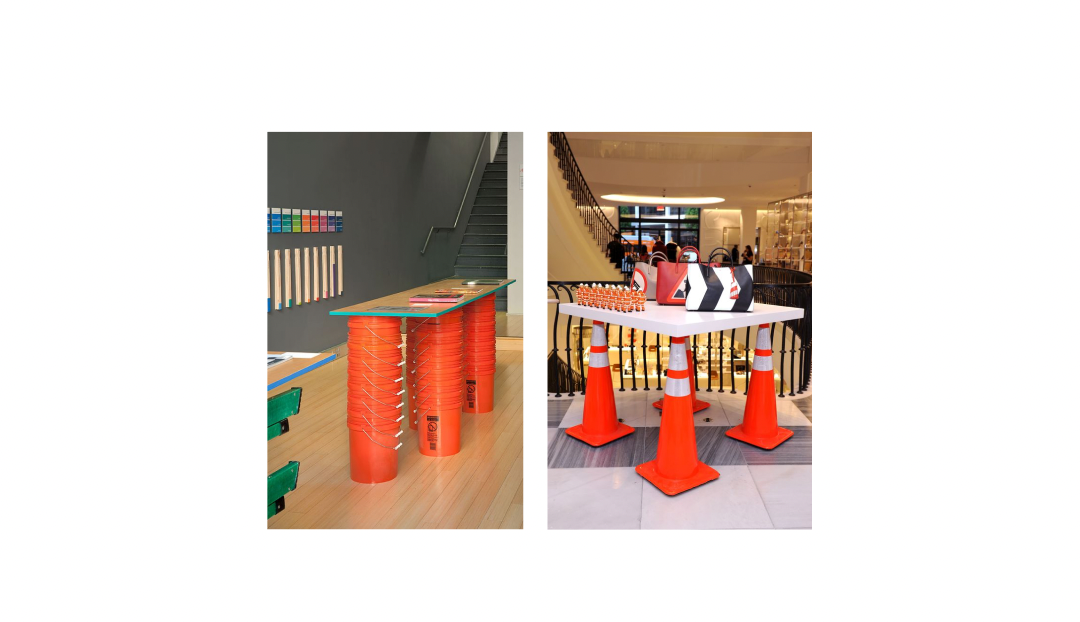Escape the Noise: Doing More with Less
In today's world, overflowing with information and choices, the real challenge often isn't about adding more, but taking away.
As I've moved through different roles in Product Design, one theme keeps coming up: the positive impact of cutting out the noise to reach clarity and true connection..
Let me show you how this approach works in both B2B and B2C, across digital and physical spaces.
See for yourself how less gives us clear thinking, sparks new ideas, and reminds us of the beauty of real simplicity.
TL:DR
Stay Focused: Fewer choices lead to creative heights. Convey messages briefly; less speaks louder.
Use Fewer Resources: Choose local materials for genuine authenticity. Reuse and adapt tech; think versatility.
Thoughtful Subtraction, Not Just Addition: Beware of excess; prioritize removing things that no longer add value and each addition should enrich.
Embrace Constraints: Tight spaces? Dual-purpose designs shine. Tech limits? They're innovation invitations.
A. Less in the Digital World
As the digital world grows with so many apps, features, and tools, there's a race to add as much as we can. But just chasing big numbers, like user counts or feature lists, might make us lose the real value of a product. What if we focus more on quality than quantity? By putting our energy into deep user engagement, real interactions, and making sure users get true value, we can find a new way to succeed. It's a way where we see the value in doing one thing really, really well.
EXAMPLES
B2C - Shazam, Uber, WhatsApp, Gmail, Calendar, Instagram, Calm, and more: The top apps we use every day have one main job. Take Shazam: its main goal is to identify songs. It's a great example of keeping things simple in a busy app world. It doesn’t try to do everything; it just does its main job really well.
B2B Slack and Dropbox: Slack and Dropbox have found their special places in the business world by doing specific things perfectly. Slack helps teams talk to each other, and Dropbox is great for sharing files. They show how focusing on one main function can make users' lives easier and more productive.
HOW YOU CAN APPLY IT
Enhance, Don't Just Add: Make every feature better and more in line with your main goal. Use easy-to-understand metrics like how long users stay, how often they come back, and which features they use the most to see how engaged they are.
Simplify User Journeys: Take out anything that doesn't help your main goal.
Say More with Less Words : As Mark Twain said, "If I had more time, I would have written a shorter letter."
Embrace Tech Limits: See them as fun challenges. Work with your tech team to figure out the best way to use what you already have.
Build on What Exists: Instead of starting from scratch, look at what you already have. Then think of new things that can go along with them to meet your users' needs better.
B. Less in the Physical World
When we don't have a lot of materials or space, it might seem like we can't be creative. But actually, these limits can make us even more creative. With less to work with, we start to see all the different things we can do. We start to think in new ways. And what we make? It's not just different but fits really well with where it came from and where it's put.
EXAMPLES
Using What's Available - Diébédo Francis Kéré: Kéré's designs, often inspired by the landscape and traditions of Burkina Faso, are a celebration of local materials. Using things like clay and wood, his buildings are more than just structures; they have a special feel, a strong identity, and truly connect with their environment.
Making the Most with Less - Leandro Erlich: Erlich's art shows what you can do when you keep things simple. They make us see things in a new way and show how powerful it can be to keep to the basics. By taking out what's not needed, Erlich's art really speaks to people and stays with them.
Smart Retail Spaces: Many modern stores, instead of buying new fittings and furniture, repurpose older ones. For instance, old wooden crates might be transformed into unique display shelves, or aged metal racks can be given a new life as modern clothing hangers. This reuse not only brings a distinct character to the store but is also a nod to sustainability.
HOW YOU CAN APPLY IT
Use What's Around: Before bringing in special materials from far away, see what's close by. It's better for the planet, and it can make what you're working on feel special and tell a story about where it's from.
Reuse Materials in New Ways: Think about how parts can be used in different ways. Designs that can change can be used for more than one thing. This means you don't need new things or have to start over.
Designs that Do More Than One Thing: In small spaces, things that can do two jobs are really useful. Like steps that you can also use to put things in or a wall that you can also use to show things. This helps you do more with less.
C. Rethinking How We See Success in Business
The times when just making a lot of money was the only goal are over. Now, it's also about being good to the planet, keeping teams happy, and making sure users like what they get.
The real trick to growing isn't just about rushing and getting more things. It's about moving with a clear goal and being super creative, especially when you don't have a lot to work with.
Start-ups and new businesses do really well with this. When they're just starting and don't have much, they come up with the coolest ideas. But as they get bigger, having too much can sometimes slow down that first energy, and they stop coming up with new things.
New Metrics for Success
For Teams:
Creativity Score: This looks at how often the team comes up with new ideas, showing how they can do a lot with a little.
For Products:
User Involvement Level: This checks how closely users work with the product, showing how important it is in their day-to-day life.
Feature Use Rate: Take away features that aren't needed or don't help anymore.
For Costs:
Resource Flexibility Rate: It's about how many different problems one thing can solve, not just one.
Power Use: This checks how much power is used for each thing a user does. This helps companies see and lower their impact on the environment, like how much they use servers.
Changing how we see success means understanding that going for simple goals in business doesn't mean having smaller goals.
It's about adjusting to a world that cares more about going deep than going wide, and about quality over just how much there is.
Closing Thoughts:
In my path, I've navigated a sea of clutter across different roles. The heart of my work, no matter the area, has been to clear away the extra and spotlight what truly counts. Whether it's making copy easy to read or removing excess UI elements and steps in user journeys, my goal has been to simplify.
By removing distractions, I've aimed to better the user experience, making sure each interaction is clear, meaningful, and deeply connects with the user.
Choosing simplicity and focus has let me create experiences that stand out, always keeping the user at the center.
Check out my work to see how I bring this philosophy to life.




